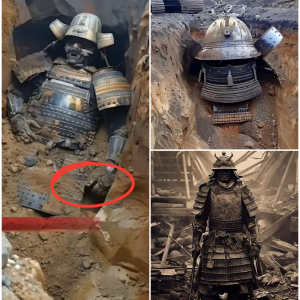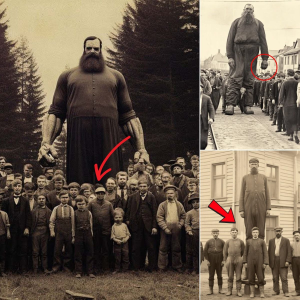The Rhineland Regional Council (LVR) has uncovered another Roman well with remarkable finds on the edge of the Hambach open-cast mine near Kerpen-Manheim in the Rhine-Erft district.

Jupiter column, relief of goddesses found in fill of ancient wellInside the well, which was probably used from the 2nd/3rd century to the 5th century, the team from the LVR-ABR (Rhineland Office for the Preservation of Archaeological Monuments in the Rhineland) was able to uncover parts of a column of Jupiter showing representations of several Roman deities.
The first of these deities is the supreme Roman god Jupiter, who sits on a throne and crowns the column named after him. Of this sculpture, only the throne and the lower body of the god have survived.
It is possible that a badly damaged relief at the foot of the column, which was once about five metres high, also shows Jupiter.
Better preserved is another relief showing three female goddesses: Juno, the wife of Jupiter, Minerva, the goddess of wisdom, and most probably Nemesis-Diana, the goddess of righteous vengeance.
“The depiction of Nemesis-Diana is something special in the Rhineland,” explains Dr. Erich Claßen, head of the LVR-ABR. “We have little evidence that she was worshipped in the Rhineland in Roman times.” The goddess can be recognised on the relief by the wagon wheel.

On the basis of ceramic shards found in the filling of the well, excavation director Dr. Martin Grünewald from the Titz branch of LVR-ABR was able to prove that the well was still in use until the 5th century.
“Such a long use of the well is extraordinary. Normally the wells discovered so far were filled with Jupiter columns as early as the 3rd or 4th century,” says Grünewald.
This circumstance could also shed light on the religious conditions in the Rhineland during the late Roman period. The remains of Jupiter columns were found in many wells on Roman estates, which is why they probably stood on the farm premises.
In the course of Christianisation, these columns of gods, which were considered pagan, were probably deliberately thrown into the wells. That this did not happen in the case of Kerpen-Manheim until the 5th century is shown by the worship of Roman deities still taking place in the countryside at that time, after churches had long since been built in Cologne and elsewhere.
However, it cannot be ruled out that the column was destroyed during an invasion of Germanic tribes and ended up in the well. Indeed, since the 3rd century, tribal groups repeatedly invaded the Roman territory to the left of the Rhine.
However, not only the contents, but also the well itself is revealing. The massive stone setting of the well head reveals a high level of construction and logistical effort. “The sandstone weighing several tons had to be transported many kilometres from the northern Eifel to the villa,” says Dr. Udo Geilenbrügge, head of the Titz branch of the LVR-ABR. “Only a wealthy landlord could afford this.” However, it is not yet clear when the fountain was installed.

Montage of three goddesses: Juno on the left, probably Nemesis/Diana in the center, Minerva on the right

Similar wells from this area were mostly built in the 2nd/3rd century, which is why this would also be conceivable for the well that has now been excavated. Geilenbrügge and his colleagues hope that the still pending investigations on the timbers of the well construction will provide an exact insight into the time of its construction.
Several Roman wells belonging to Roman estates have already been excavated in the past as part of open-cast lignite mining. The villa rustica to which this well belongs was already investigated in 1980/81.
Almost four decades later, the Hambach open-cast mine now reached the approx. 15 m deep well as planned. After careful excavation of the open-cast mine embankment by a large bucket-wheel excavator, the well was gradually uncovered thanks to logistical support from RWE and the column fragments were recovered.





